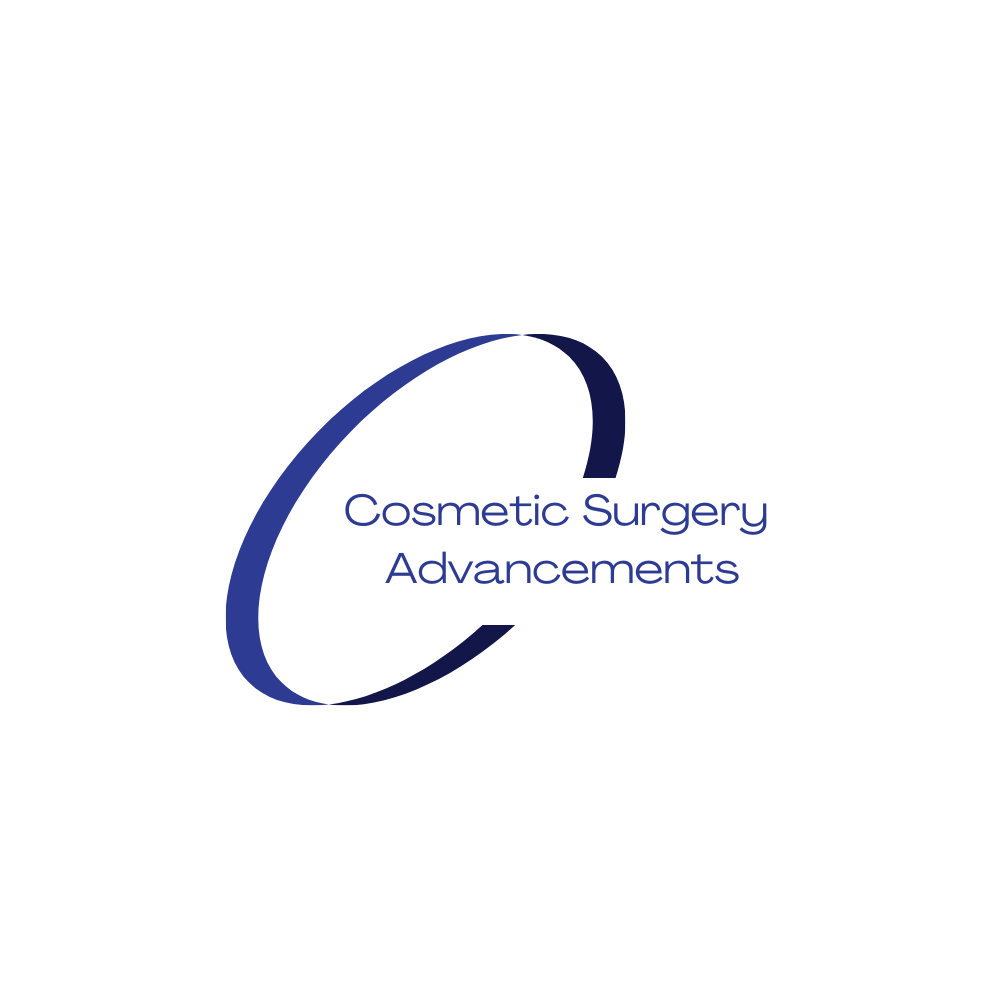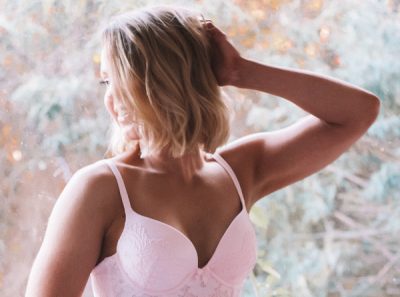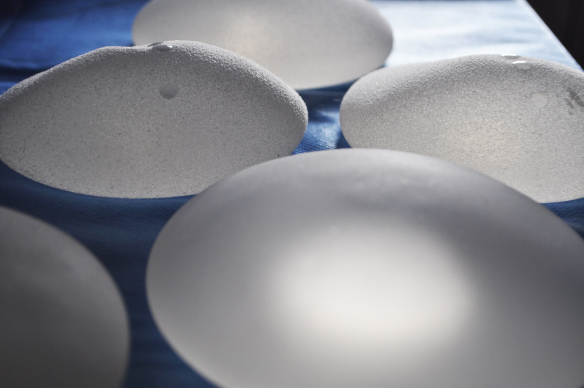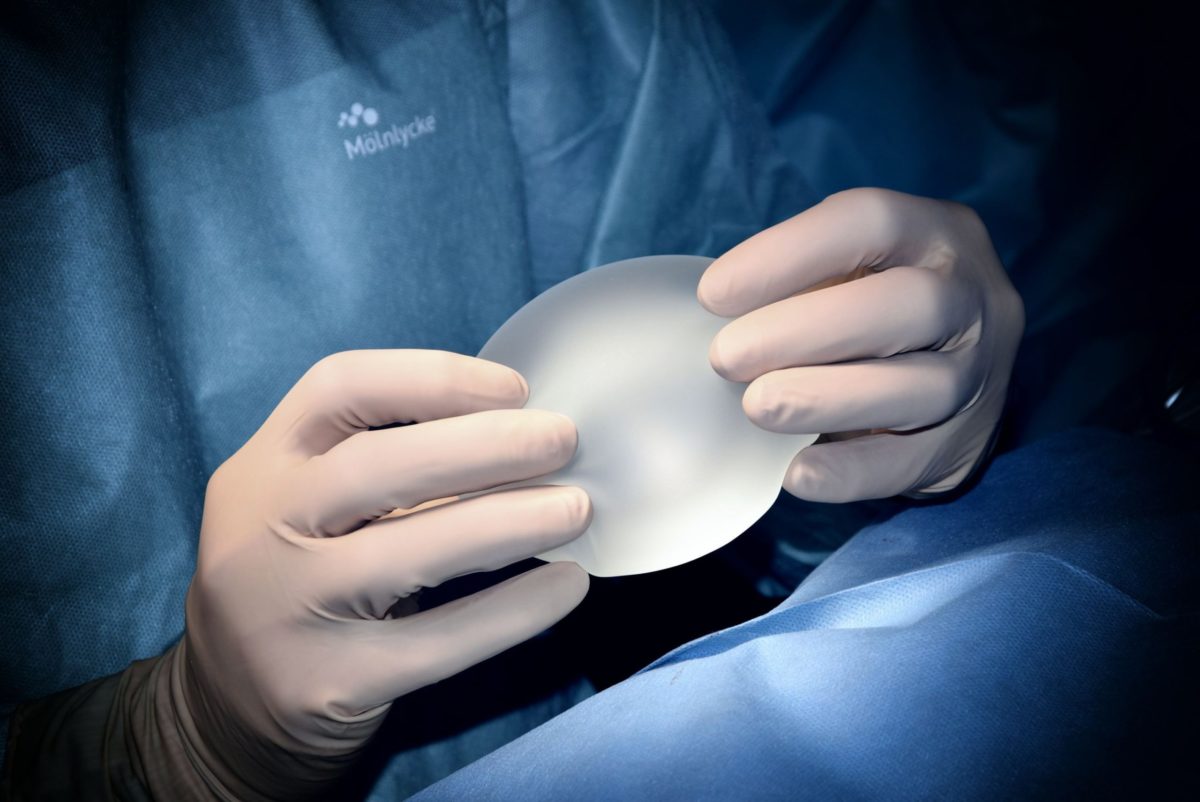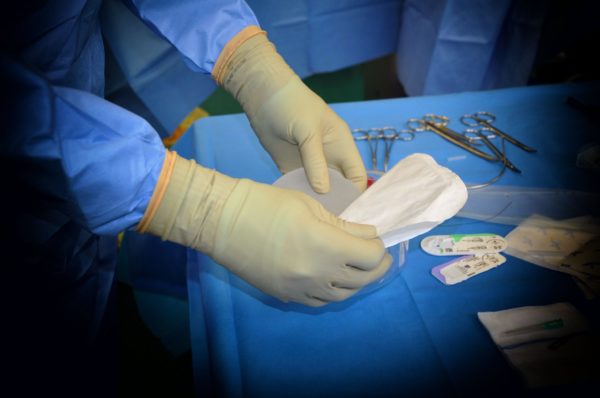Breast Augmentation with Fat Grafting
Breast implants have been in and out of the news since they were first invented. There is still controversy regarding evidence that has been presented to support the theory of silicone based illness, despite numerous studies that have disproved this association. Regardless, in the past 10 years, there have been four different types of breast implants withdrawn from the worldwide market. For more information about manufacturers of breast implants Manufacturers
PIP Breast implants
PIP implants were banned due to unauthorised use if non medical grade silicone in their implants. They were consequently worldwide in 2010.
Soya, Trilucent
(soya bean oil filled) breast implants manufactured by Lipomatrix Inc. Subsequently the product liability was taken on by Collagen Aesthetics International and then by AEI Inc. These implants were withdrawn from use in the UK in March 1999.
Hydrogel
Implants manufactured by Novagold or Clover Leaf Products were banned due to concern about the filler seeping through the silicone shell. They were consequently worldwide in December 2000.
Allergan implants
Allergen withdrew all of their Biocell saline-filled and silicone-filled textured breast implants and tissue expanders from the worldwide market on July 24th 2019,due to link with BIA-ALCL.
For this reason alone many women would prefer to have a breast augmentation without implants. The methods of autologous fat grafting/transfer to enhance an area of the body has advanced to the point, where having fat transferred instead of an implant is now an option for many women.
I have Allergen Implants that have now been recalled and have set up a support group on linked in Support
For information from the 1st World Consensus Conference on BIA-ALCL and Latest Statistics Information.
For more information about BIA-ALCL and Banned Implants Information
Fat Grafting Patient Suitability
To decide if you will benefit from this procedure you need to:
- Only desire an increase of a maximum of 2 cup sizes.
- Have good skin tone.
- Have adequate fat stores in other areas to harvest.
- If you are concerned about sagging breasts, then a breast lift with fat transfer may be a more suitable option.
Fat Grafting Methods
The procedure consists of specialized fat transfer techniques to augment the size and shape of the breasts without implants. Excess fat is removed from the hips, abdomen, lower back, or/and thighs with liposuction, and a portion of this fat is then strategically injected into the breasts.
This procedure is normally done as an outpatient procedure, using general anaesthesia or it can be done using intravenous sedation and local anaesthesia. Most surgeons will normally inject more fat into the breasts than is required due to the fact that not all of the fat cells will survive. In addition to giving the patient larger breasts with natural looking and feeling results, this procedure will also improve lower body contours by removing fat in other areas.
Advantages
- May look and feel more natural than implants.
- No visible scars.
- Quick recovery.
- Avoids a number of the complications that can occur from breast augmentation with implants including:
- necrosis, the formation of dying skin cells or tissue around the breast – this can cause implant extrusion
- skin becoming thinner and shrinking over time (skin atrophy)
implant displacement - capsular contraction
- implant rupture
Disadvantages
- There is a limit to how much of an increase can be achieved this will normally be between one and two cup sizes.
- Multiple procedure may be required.
- Results are not guaranteed.
- Results may not last.The fat may form small hard lumps which can be confused as cancerous.
- Regular monitoring with a yearly MRI is recommended.
Questions to ask
How many autologous fat grafting/transfer procedures for breasts have you performed in past 12 months?
Have you had any complications and what were they?
What is the largest increase in cup size you have achieved and how much of an increase can I realistically expect?
How many times do you think I will need the procedure repeated?
What will you do if I experience a complication?
For information on how to check your plastic surgeon is suitably qualified go to Qualifications
